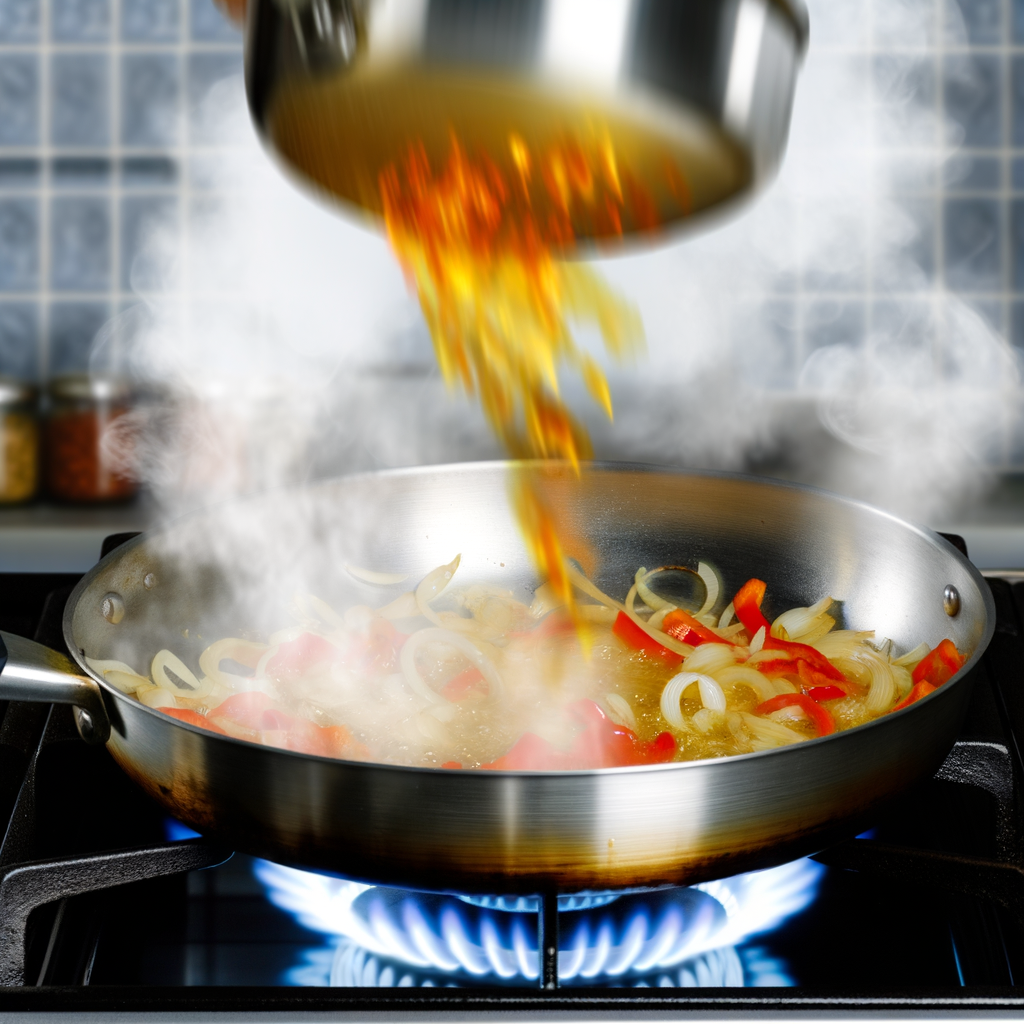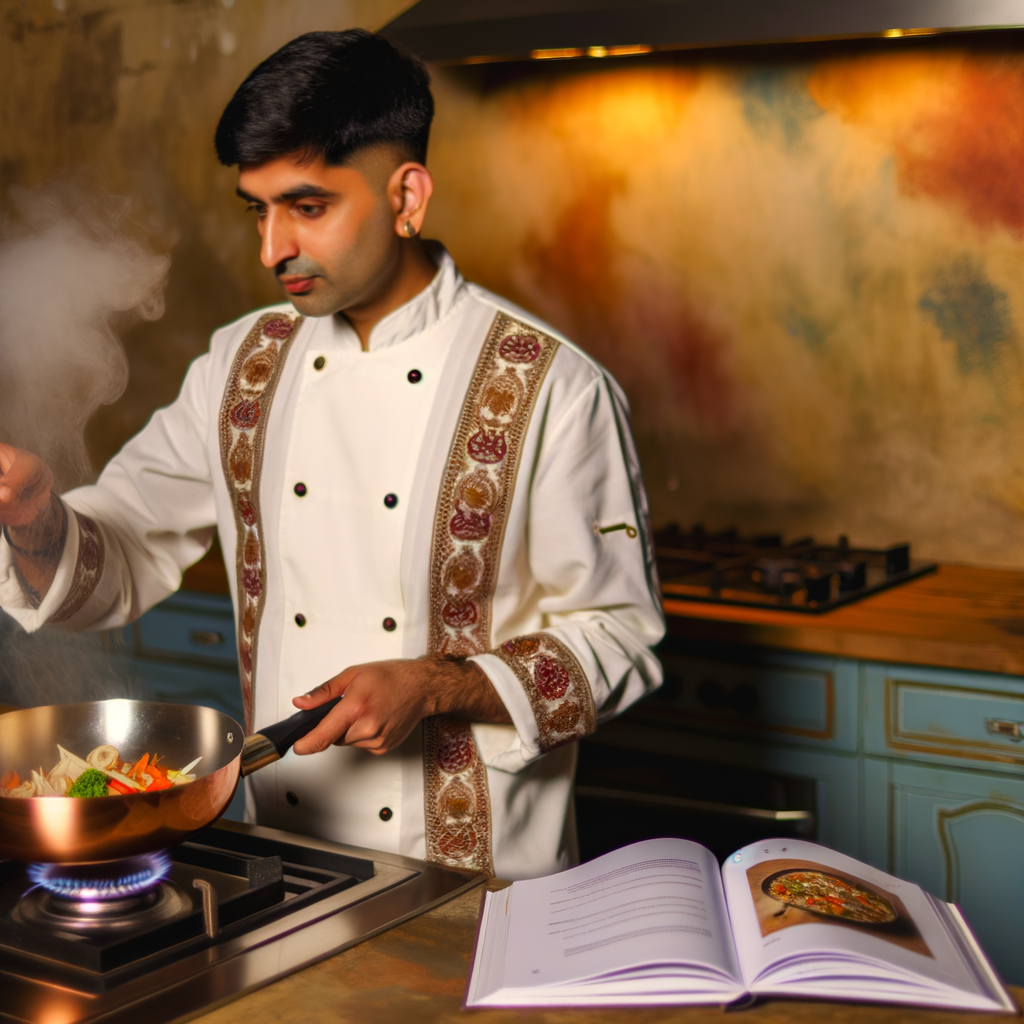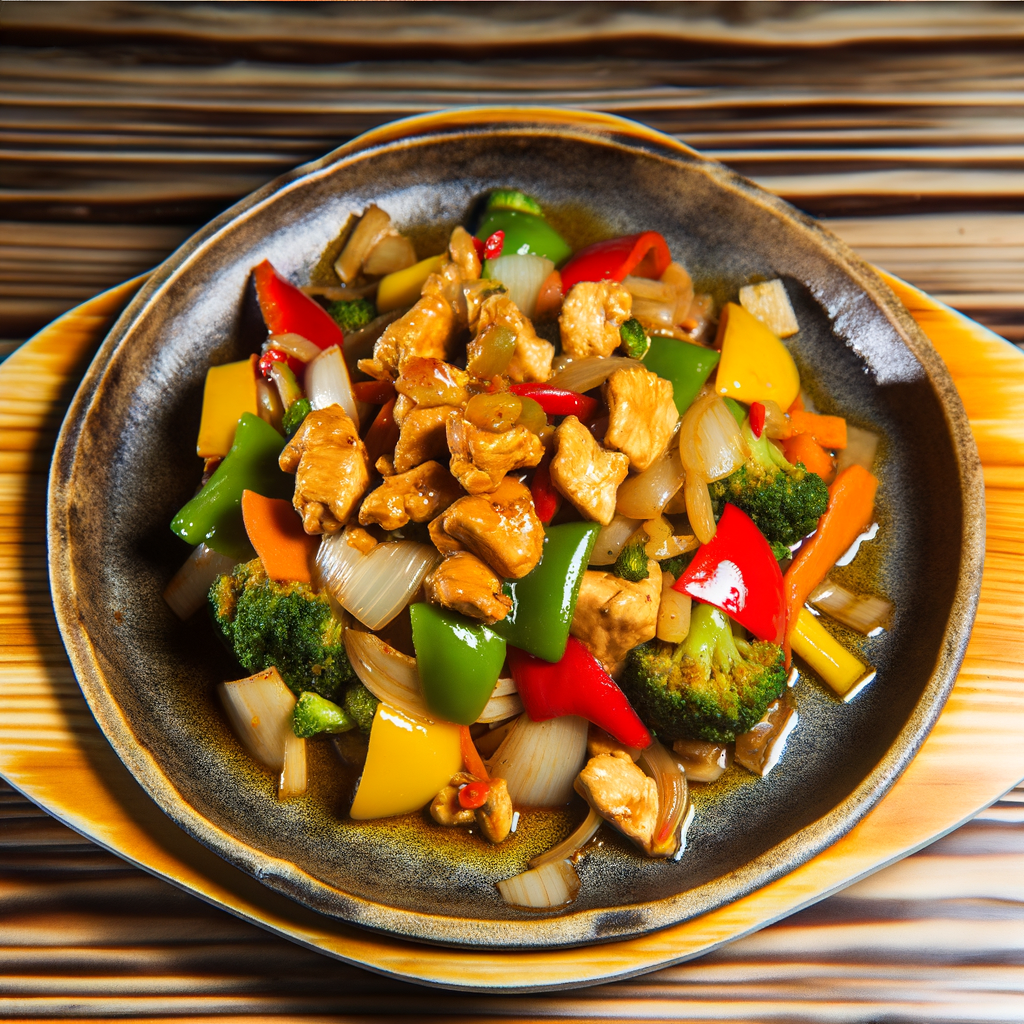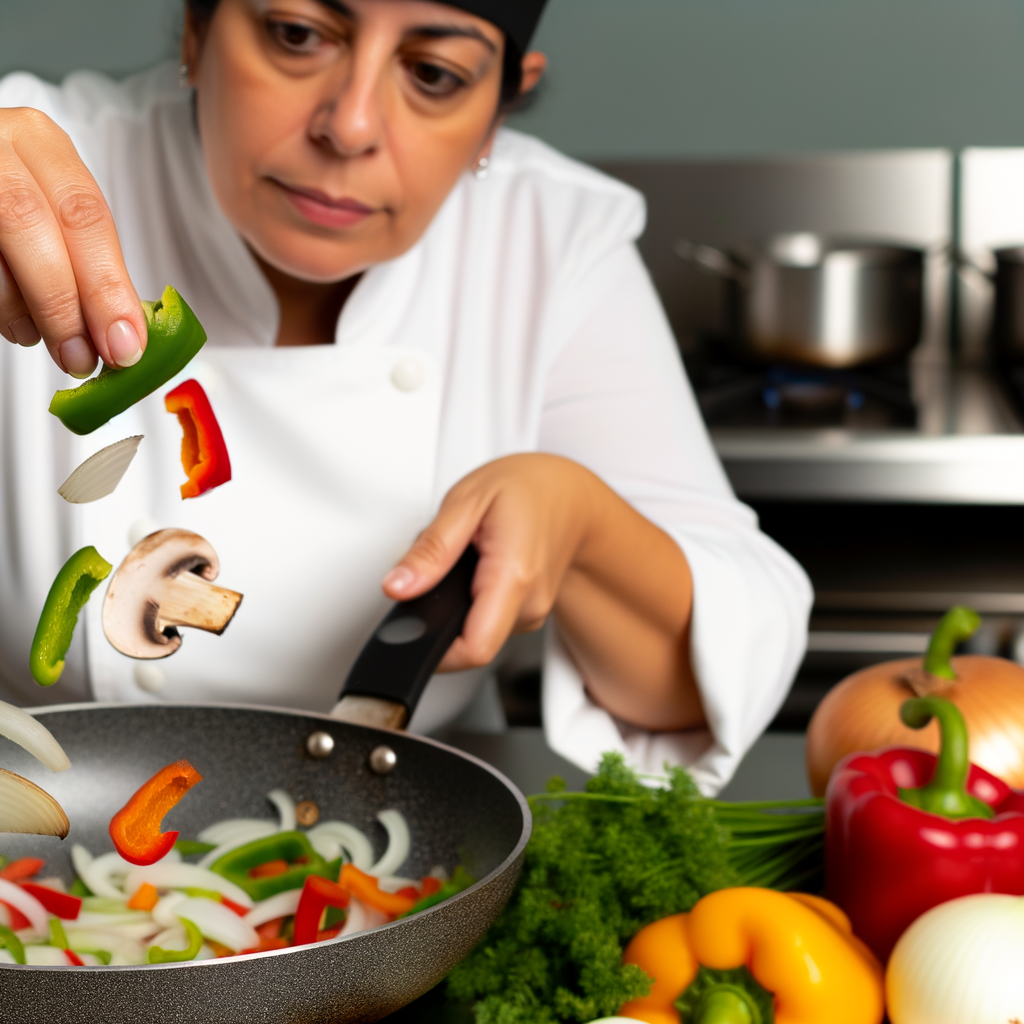Cooking is an art that requires both skill and passion. As a chef, I have spent countless hours in the kitchen experimenting with different techniques to bring out the best flavors in my dishes. One of my favorite techniques is sauteing, which involves cooking food quickly in a small amount of fat over high heat.
Sauteing is a versatile technique that can be used for a variety of ingredients, from vegetables and meat to seafood and pasta. The key to sauteing is to use a pan that distributes heat evenly and a fat with a high smoke point, such as vegetable oil or clarified butter. The high heat allows for a quick cooking time, which helps to retain the natural flavors and nutrients of the ingredients.
To saute properly, start by heating your pan over high heat. You want the pan to be hot, but not smoking. Add your fat of choice and let it heat up for a few seconds. Then, add your ingredients in a single layer, making sure not to overcrowd the pan. This will ensure that the food is cooked evenly and develops a nice brown color. Use a spatula or tongs to constantly move the ingredients around in the pan, allowing them to cook evenly and preventing them from burning.
One of my favorite dishes to make using the sauteing technique is chicken piccata. The high heat allows for a crispy exterior and juicy interior, while the lemon and caper sauce adds a burst of flavor. Another great dish is sauteed shrimp with garlic and butter, which can be served over pasta or rice for a quick and delicious meal.
In conclusion, sauteing is a fundamental technique in any chef’s repertoire. It allows for quick and flavorful cooking, making it perfect for weeknight dinners or fancy dinner parties. With a little practice and the right tools, you too can master the art of sauteing and elevate your cooking game.





